A couple of weeks ago, Rati and I had gone for a meeting and I heard a cute statement from the woman sitting across the table, “IITians running a beauty blog? What is the world coming to?” The lady had a point. I don’t understand this beauty business at all. Nor do I understand the passion women have for all things makeup or skin care. To me, one cream is as good as the other. So there. 🙂

But there IS one place where I can help- in making others understand how things work. I have seen that often women are using products or undergoing skin routines without questioning the reasons behind it. Often, there is no problem with it. But my contention is that women can achieve the best results if they know what they are doing.
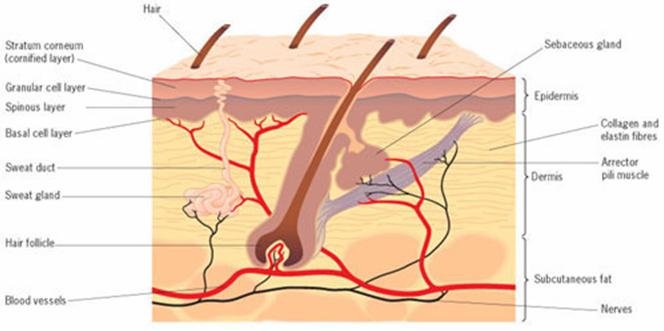
For example, how many of you know that the skin that you touch is completely dead? Yep, if not for the nerve endings in the outer layer you’d not even feel that you were touching your skin. The skin consists of three layers- epidermis (outer), dermis (the ‘real’ skin) and the subcutaneous fat layer- and the outer layer of the epidermis is dead. Skin cells are produced at the basal layer of dermis and they are gradually pushed upwards. In about four weeks time, they reach the top layer of the epidermis and by that time, they are completely flat and dead.
What does it mean for you? It means that most skincare creams are not going to affect you at all if they are not able to penetrate the epidermis. And often all you need in your skin care regime is a cleanser (for cleaning up the top layer and unclogging the pores), a moisturizer (if you have a dry skin), and a sunscreen.

Really? Yes. Let me show you the structure of the skin (something you have never bothered to look up and biology classes were too boring in school anyway). The structure will also answer some of the common questions such as
- How to get rid of my acne?
- Which is the best anti-aging cream?
- How to make my skin glow?
- How to reduce pores?
And so on. Well, let’s have a look at the structure first:
Skin makes 12- 15% of body weight. So 6- 8 kg of Jomol (who says she is 57 kg now after shopping), only consists of skin. Each square centimeter of skin contains 100 sweat glands and 15 sebaceous glands. Sweat glands excrete water and electrolytes (waste products and toxins) and help main the thin layer of acid on the skin to protect against bacteria and other harmful organisms. Sebaceous glands are attached to the hair follicles and deposit sebum (waxy substance made of fat, wax, and dead fat-producing cells) on the hairs, bringing it to the skin surface along the hair shaft. Sebum lubricates the skin and hair and provides protection by forming an acid layer when mixed with sweat. When sebaceous gland produce too little sebum, as is common in older people, the skin becomes excessively dry and more prone to wrinkling. Too much of sebum, as is common in teenagers, often leads to acne.
So the pores that you see on your face are basically the glands or the follicles. And you cannot reduce them. 🙂
As I’ve already said, skin is made up of three layers:
1. Epidermis
The outer thin layer which basically forms the skin that you touch. It is made up of cells called keratinocytes, which are stacked on top of each other. The keratinocytes develop at the bottom and rise to the top, where they are shed from the surface as dead cells. So this layer is constantly renewing itself, the live cells at the bottom changing into dead, hard, flattened cells at the top. The process of shedding dead cells from the top layer speeds up as we age. There are two important things in the epidermis which you need to pay attention to:
The prickle or squamous cell layer- The third layer from the top in the epidermis and called this way because the cells have spines which prevent bacteria entering the cells and moisture being lost. Within this layer are the basal cells that have been pushed upward, however these maturing cells are now called squamous cells, or keratinocytes. The squamous cell layer is the thickest layer of the epidermis, and is involved in the transfer of certain substances in and out of the body. It is made up of tightly packed skin cells which are aquaphilic (allowing only water-soluble molecules) and are ‘cemented’ together by lipids that are lipophilic (allowing only oil and fatty substances to pass through). So it would be highly difficult for any cosmetic susbtance to pass through. So any ingredient which needs to reach inside the skin has to be not only water soluble but also moderately fat soluble.
Melanocyes and Dendritic (Langerhans) cells- Melanocytes produce a dark pigment called melanin which contributes to skin color and provides UV protection. Melanin forms a natural sun block for skin by absorbing ultraviolet radiation from the sun and converting it into harmless heat in a very fast reaction. So staying in the sun for 5- 10 minutes would not harm our skin. But staying in the sun for longer duration puts stress on the melanocytes and they try to produce more melanin and cover the whole skin with it, and hence the ‘tan’. And you though that a ‘tan’ was a good thing.
But the good news is that melanocytes lie in the epidermis whose cells are dying and getting pushed out. Therefore, if you curtail your exposure to the sun and use bleaching an exfoliation, you can get rid of your extra melanin in 2- 4 weeks as they are pushed out. Simple, isn’t it? 🙂
Langerhans cells are involved in the epidermal immune system. They engulf foreign material that invades the epidermis and migrate out of the skin to stimulate an immune response.
So in essence, any anti-aging cream which can work has to go through the epidermis, fighting all these, and reach the next layer, the dermis. Not only that, at the junction with the epidermis, the surface of the dermis bristles with fibrous, vascular and nervous projections – the dermal papillae. One more barrier to be crossed.
No wonder many creams don’t work. 🙂
2. Dermis
Dermis is where the action is. This the layer targeted by all the cosmoceuticals. Dermis makes for 90 percent of the thickness of the skin. The dermis is the layer responsible for the skin’s structural integrity, elasticity and resilience. Wrinkles develop in the dermis. Therefore, an anti-wrinkle treatment has a chance to succeed only if it can reach the dermis. Typical collagen and elastin creams, for example, never reach the dermis because collagen and elastin molecules are too large to penetrate the epidermis. Hence, contrary to what some manufacturers of such creams might claim, these creams have little effect on skin wrinkles.
Dermis contains blood vessels, lymph vessels, hair follicles, sweat glands, sebaceous glands, nerve endings, collagen and elastin.
Collagen forms the structural network of our skin and is the most abundant protein in the body. It is primarily composed of glycine, proline and hydroxyproline. It is one of the strongest proteins in nature and gives skin its strength and durability. As we age, it is believed that collagen begins to deteriorate and causes the skin to become thinner and eventually sag. Elastin is similar to collagen but is a more stretchable protein that maintains the skin’s elasticity. It provides the matrix that holds individual skin cells in place. Glycosoaminoglycans (GAG’s or mucopolysaccharides) and proteoglycans hold water in the skin (these are very similar to mucus proteins) and are the true skin moisturizers. In contrast, cosmetic moisturizers cover the skin with a water impermeable barrier such as petrolatum or a heavy oil. This artificially slows the loss of moisture from the skin and gives the skin a temporary appearance of plumpness and fullness.
Collagen and elastin are often incorporated into cosmetics. This material is derived from either bovine (cattle) or avian (bird) sources. Neither collagen or elastin present in the cosmetics are able to penetrate the skin. Sometimes fragments, or digests, of these molecules are used, but these fragments also cannot penetrate the skin.
3. Subcutaneous layer
The subcutaneous layer below the dermis consists of loose connective tissue and much fat. It acts as a shock absorber and heat insulator, protecting underlying tissues from cold and trauma. The loss of subcutaneous tissue in later years, leads to facial sag and makes wrinkles more visible. To counteract it, a cosmetic procedure where fat is taken from elsewhere in the body and injected into facial areas, is common these days.
Well, there you have it. 🙂 And as for answers to your common questions? Here they are:
Acne:
I believe I have already said that acne is caused by excess of sebum produced by sebaceous glands. The onset of acne is triggered by the production of hormones called androgens. Androgen production stimulates sebaceous glands and cause them to enlarge. People who develop hormonal acne have over stimulated sebaceous glands. The production of androgen usually goes into full force between the ages of 11 to 14 when most young girl and boys go through puberty. Acne in young women may be influenced by hormonal changes associated with menstruation, pregnancy, stress, endocrine imbalance, and ovarian disease.
Solution: A lot of exercise, sleep and a healthy diet. yep, such a boring advice. But if you really want to control your acne, hitting the gym would regulate your hormones and keep you relaxed. It would also let sweat glands secrete all the toxins and clear clogged pores. No serious outbreak of acne would occur. 🙂
Skin Glow: Suffering from a dull skin?
Solution: Well, you need to question yourself- “which layer would contribute to making my skin glow?” Well, both epidermis and dermis. Epidermis can be taken care of by diet which promotes cell regeneration. Eat diet rich in Vitamin A, C, E, protein, Omega-3 and Omega-6 fatty acids, and monounsaturated fats. Exercises promote blood circulation to the dermis and promote that healthy, rosy flush. It replenishes the nutrients and oxygen that your skin needs. And a good long sleep gives time to skin to repair and refurbish itself. Once again, exercise, sleep, and a healthy diet. 🙂
Dry Itchy Skin
Harsh cleansers, overcleansing, sudden changes in temperature, etc. can cause dry itchy skin.
Solution: Don’t worry about the inflammation. It is the Langerhans cells working overtime to destroy bacteria, viruses, parasites, etc. Just restore moisture to the skin through olive oil, grape seed oil, jojoba oil or Shea butter.
Once Again, you need only a cleanser (to clean away dead cells and unhealthy secretions), a moisturizer (if you have dry skin) and a sunscreen to take care of your skin. 🙂
Hair Care 1: Structure of Hair
Best Makeup & Skin Care Routine for Combination Skin
5 Summer Skin Care Steps
Leg : Skin Care for Great Legs
Daily Skin Care Regimen for Working Women
Blemishes– Causes & Skin Care

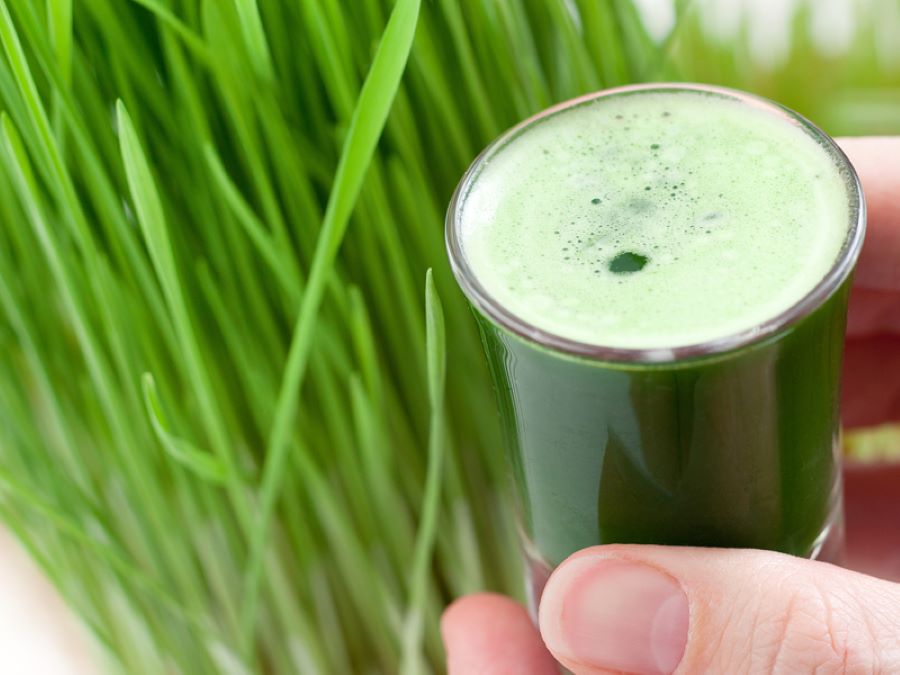
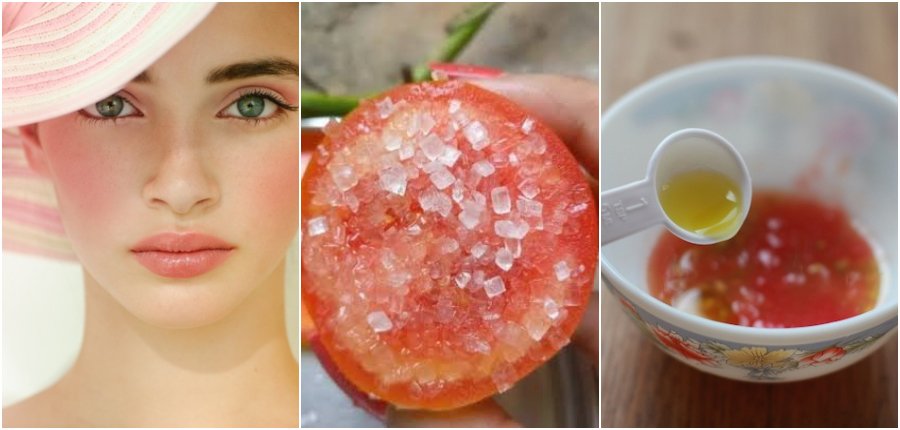
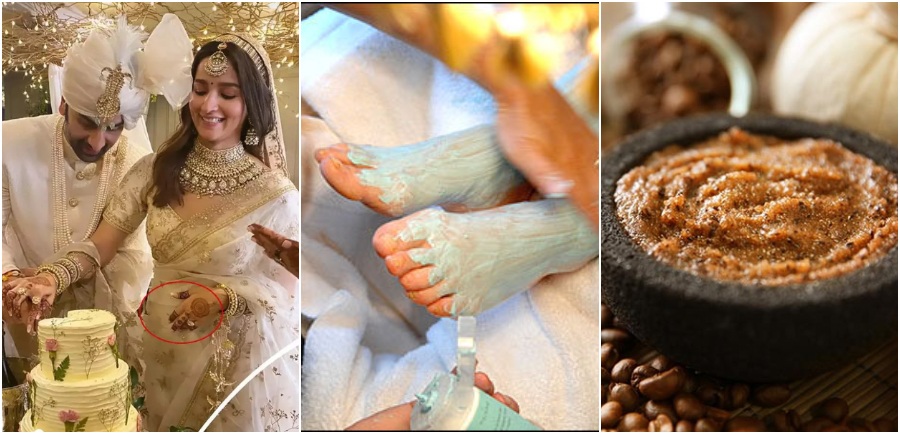


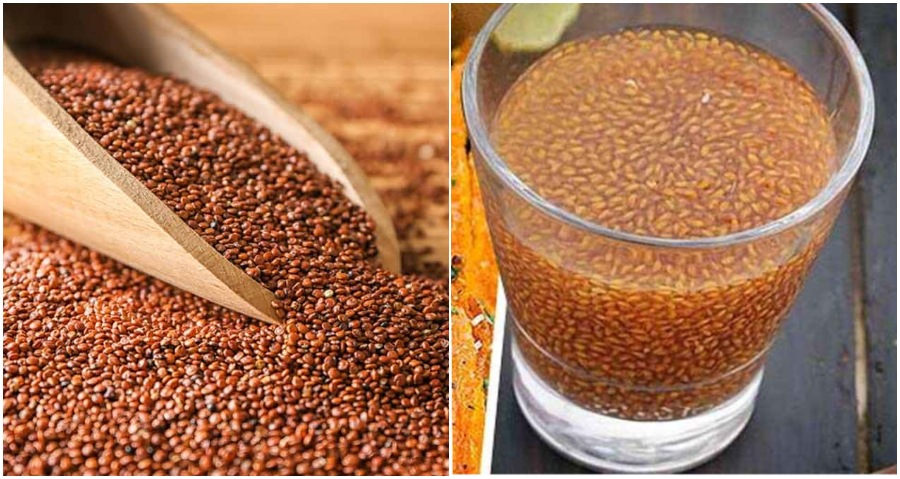


Wowww, its such a nice article with all causes and solutions !! I think best is to do exercise, nothing can beat exercise and yoga, when I regularly do yoga, I see I dont have major skin problems as suh, fir se ache se start kerna padega, thanks for it !
Wanted to say so much but the article had already become long. 🙂 Nothing beats exercise and a healthy diet for taking care of the skin.
But I wonder how many IMBBians are going to haul themselves and go join a gym even after reading this. Trying out creams and stuffs seem to be easy way out, even if they don’t work. 🙂
and drink lotsssss of water!! 🙂 🙂
Nopes Calii…. drinking too much water is even harmful to the skin.
Extreme of everything is bad, too much of water sometimes ruptures our cells! But how much actually is too much??
I am not asking to drink tanks full of water..but yeah 4-5 glasses of water is something everyone should drink…
Yep, that’s true. 🙂
Yess Cali water is so so important, it flushes out much of the toxins from body !! Luke warm water is the best, me on weekends and every evening have only luke warm water, in a way detoxifies body!
There is no scientific evidence that water hydrates the skin from inside. 8- 10 glasses of water everyday are sufficient. 🙂
As far as healthy diet is concerned as I stay at paying guest so dont get that healthy diet and I eat fruits but apart from that nothing good, so people staying at their own home are lucky for that, we cant help it !
:clap: :clap: :clap: :clap: :clap: :clap: Great article Sanjeev!
“A lot of exercise, sleep and a healthy diet. yep, such a boring advice. But if you really want to control your acne, hitting the gym would regulate your hormones and keep you relaxed. No serious outbreak of acne would occur.” – Girls, this is true…and I’m saying it from personal experience… :))
Aditi… oh? Share please. 🙂
I never really had pimples/acne as a teenager…I started having acne at the age of 20…. but it was nothing major…The last year was quite stressful for me….unhealthy diet, lack of exercise (being in the IT industry, we tend to have a sedentary lifestyle…) etc..led to a weight gain, health problems, and painful cystic acne…..and no amount of facewashes, face creams, and pace pack can help you…
Even the medicines and ointments prescribed by my derma would not help…
Only then I decided to take a stand. I joined a gym, started doing yoga, and reduced (not stopped) intake of salty/spicy/oily food, and started having loads of fruits and veggies. I do cheat once in a while…but having food in small portions is the key…works for me… :))
Also I noticed that once I stopped obsessing over my skin everything fell into place..
And I have been acne free for the last three months… :happydance: :happydance: :happydance: :happydance:
* face packs
FG! Are you listening? 😛
haha!! yes FG. Trust me there is no short cut to great skin… :))
now i should go to the gym too along with my regular visits to derma? :waaa: :waaa: :waaa:
Depends on whether you want a lifetime of healthy skin or lifetime of derma 🙂
exercise is certainly the way to go. I started just becos I wanted to be a few kgs slimmer for my cousin’s wedding but it has become a habit now and I feel guilty on days I cant go. I do it in the beginning of the day and it has certainly made me more energetic not to forget that the skin starts to glow as well.
so exercise + right kinds of food = good living..indulging once in a while is always ok..
totally agree with the indulging part 😀
😀 ya isnt that the best part!!!!!!!
lolololololol, exercise start nahin hui…indulging ke sapne pahle se aane lage 😛 😛
Yipeeee…………. :yahoo: :yahoo: :yahoo: i joined gym two days back :pompom: :pompom: , i will have healthy skin :))
interesting article Sanjeev, wud like to read the rest of the stuff u wanted to share in part 2 maybe ?
“Wanted to say so much but the article had already become long.”
Firdous, yep, would cover some more stuff in part 2 🙂
Cooool article! Reminds me of the bio chapter on Skin in school. :specs: I love detailed stuff like this!! :jiggy1:
This is very informative Sanjeev. Thanks for sharing.
Exercising is a great stress-buster as well. It brings joy to me everytime.
Interesting article 🙂 I miss biology…..
I have noticed that even a moderate form of exercise like walking brings some changes to the skin 🙂
walking is the best form of exercise , that can be done by a person of any age group, even post partum etc .. and it exercises the whole body :waytogo:
Yes, but I was talking about more vigorous form of exercise, one which releases a lot of sweat and flushes out the toxins out of the skin, and opens the clogged pores. 🙂
My skin doctor in making. :toothygrin:
Yesss ekdum, you are quite lucky, you dont have to take appointment and free free treatment ! 😀
Very nice article Sanjeev! I totally second you on eating healthy and exercise are the best way not only to have a healthy skin but also fit and healthy mind! yoga too helps in reducing the stress level to a great extent
This reminds me I have to start exercising again….have been quite irregular from few months :waaa:
Yess me too very very irregular, I would go for skipping and yoga, and walking thts what I will do !! 😀 Usse jyada humse nahi hoga ! :tongue:
Taps, skipping is one of the best exercises.. :yes:
Me too 500 skipping alternate days :waytogo:
great article n thx for reminding all the stuff learnt way back in school!!!! :waytogo: :waytogo: have been going to the gym since a week or so and i can vouch for gymming lending the flush n color to our face!!! awaiting the continuation of this post!!!
@rati – looks like ur skin doctor will not stop without converting every imbb reader into throwing away their umpteen face creams and enrolling in a gym!!! 😀
:toothygrin:
And if you girls feel too lazy to go to the gym you may check out Sadie Nardini’s power yoga videos on youtube…The exercises may seem difficult at first but after regular practice you get used to it….Do check it out.. :))
Aditi, I think power yoga should be done under strict supervision, I mean once you learn then do it, because I had once read an article regarding bad effects if not learnt properly and stuff so I think Ram dev baba’s video are much easier to follow!
Yes Taps, you are right. :))
Any vigorous form of exercise should be done under supervision…..but then you’d have to drag yourself out to a gym/yoga class… 😀
Thanks for the info Aditi..m surely checking them out..wanna learn power yoga :thanks:
You’re welcome Parita. You may also find her videos for beginners (inflexibility is a problem beginners usually face)…which will be a good start…
okie..will check out :thanks:
awesome article sanjeev :thumbsup: :thumbsup: :thumbsup: :thumbsup: :thumbsup: :thumbsup: :thumbsup:
Thankies furfurriya 🙂
nice article sanjeev……..i prefer going for a walk than yoga or gym :preen:
Megha, it is just your own mental barrier which prevents you from going to gym.. do go to gym. you will see the difference yourself. 🙂
tough job :yikes:
great compilation 😉
thank you 🙂
:yahoo: :thanks:
Thanks for writing such a nice and detailed article!~ Now I have one more reason to get up and off my butt and start exercising regularly. :stars:
…somehow,I find this more interesting than my regular Biology lessons.Probably because I’m reading it here. O:) :violinbash:
You’re most welcome 🙂
nice article sanjeev :yes:
Thank you Bhumika 🙂
very nice article sanjeeev…..great read… :yes: will try these tips……to get rid of my acne….
thank you Dimpi 🙂
keep up the good work sanjeev… as a dermatologist, i spend time explaining pretty much what you’ve said here, so far as the routine skin care questions are concerned. coming from a widely read source as your blog, it is sure to be of impact.
Thank you Rushika 🙂
now i got to know why my bro (who is also an IITan) completely against the idea of scrubbing to remove DEAD skin whn skin is already dead. 😀